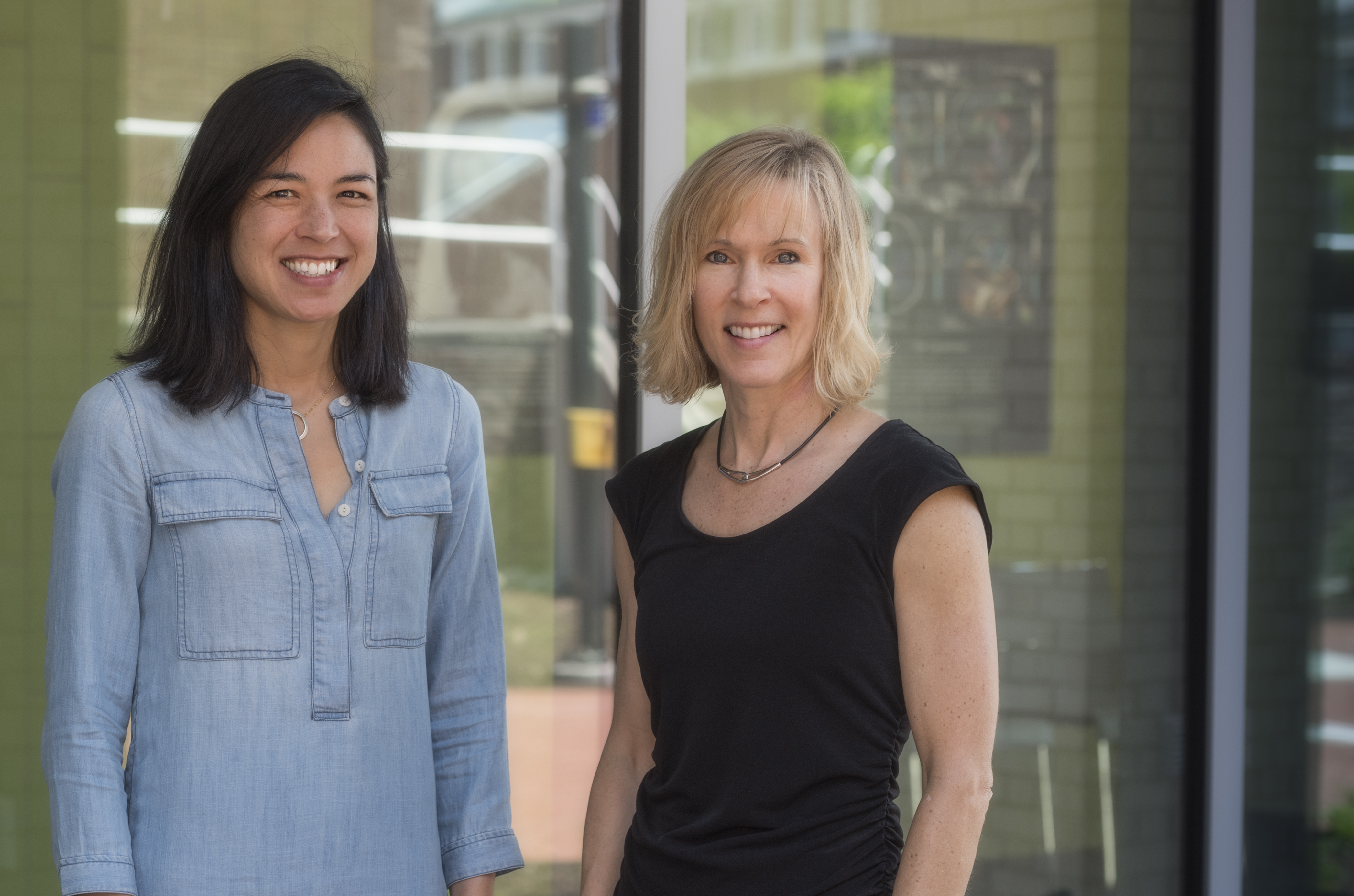
New nanoscaffolds
Modular platform for biosensor assembly reported in ACS Nano
1:43 p.m., Sept. 21, 2015--Tumor markers are biological substances, usually proteins, that provide early indication of cancerous or benign tumors in the body.
The markers have a story to tell about what’s going on behind the scenes, but they need help translating it — help that comes from biosensors, which convert biological elements into signals that can be detected and analyzed.
Research Stories
Chronic wounds
Prof. Heck's legacy
Modern nanofabrication methods have contributed to recent progress in biosensor technology, but challenges remain in developing biosensor assembly platforms that meet important preparation and performance criteria.
Now, a team of researchers from the University of Delaware has developed a new approach that meets at least three of these criteria: system modularity, good signal amplification, and easy purification.
Their work is reported in a paper, “Post-Translational Modification of Bionanoparticles as a Modular Platform for Biosensor Assembly,” in the Aug. 3 issue of ACS Nano.
Lead author Qing Sun, a doctoral candidate in chemical and biomolecular engineering at UD, explains that their approach involves decorating protein nanoparticles with a wide range of sensing and detection functionalities using a toolbox analogous to a Lego kit.
“The sensor components can be assembled in a variety of ways, which enables us to tailor the search for specific markers,” she says.
“Because the system is modular, we can put any antibody, fluorescence dye, or enzyme on the particles for cancer detection,” she adds. “And every time the target changes, we can change how our sensors are assembled.”
The researchers also report good signal amplification, which means they can get accurate information about the amount of a marker present. This is especially significant during treatment so that clinicians can see whether or not a particular anti-cancer therapy is working.
Finally, purification of bio-nanoparticles for sensing applications has traditionally been time consuming and tedious, but the UD team was able to finish purifying their particles within just an hour under relatively mild conditions.
“Our platform overcomes the disadvantages of many current technologies, and we believe it shows great promise for early cancer detection as well as for monitoring of patients during cancer treatment,” Sun says. “This system is also very flexible so we can expand the modularity, and we can think about using it for other applications like drug delivery.”
The paper was co-authored by Qi Chen, currently a doctoral candidate in chemical and biomolecular engineering; Daniel Blackstock, who completed his doctorate in chemical and biomolecular engineering at UD earlier this year and is now a scientist in the Vaccine Production Program at the National Institutes of Health; and Wilfred Chen, Gore Professor of Chemical Engineering. Chen is corresponding author of the paper and can be reached at wilfred@udel.edu.
Article by Diane Kukich
Photo by Evan Krape








